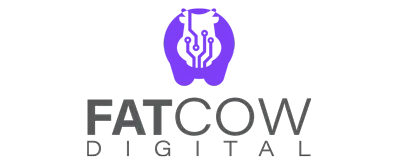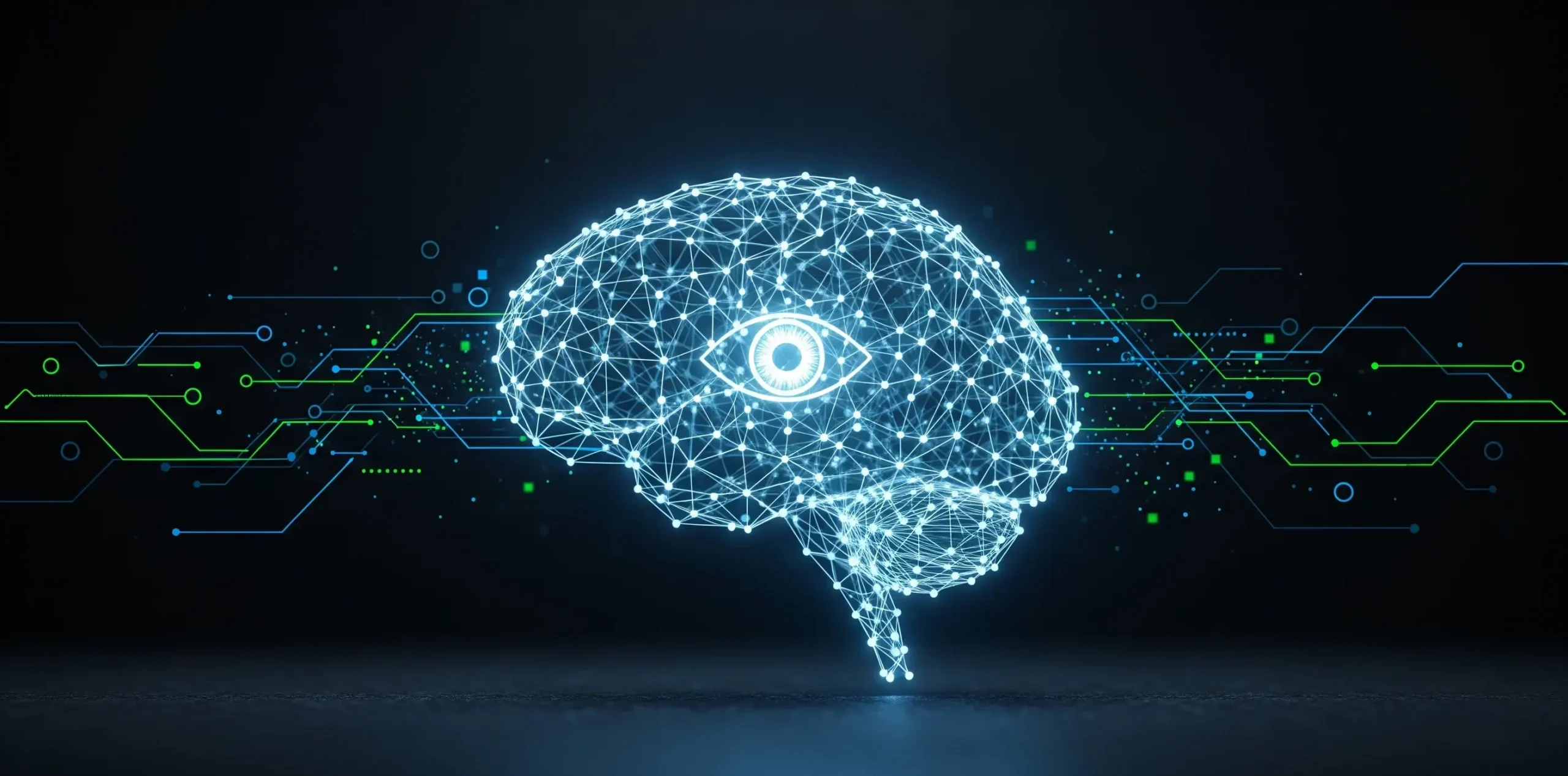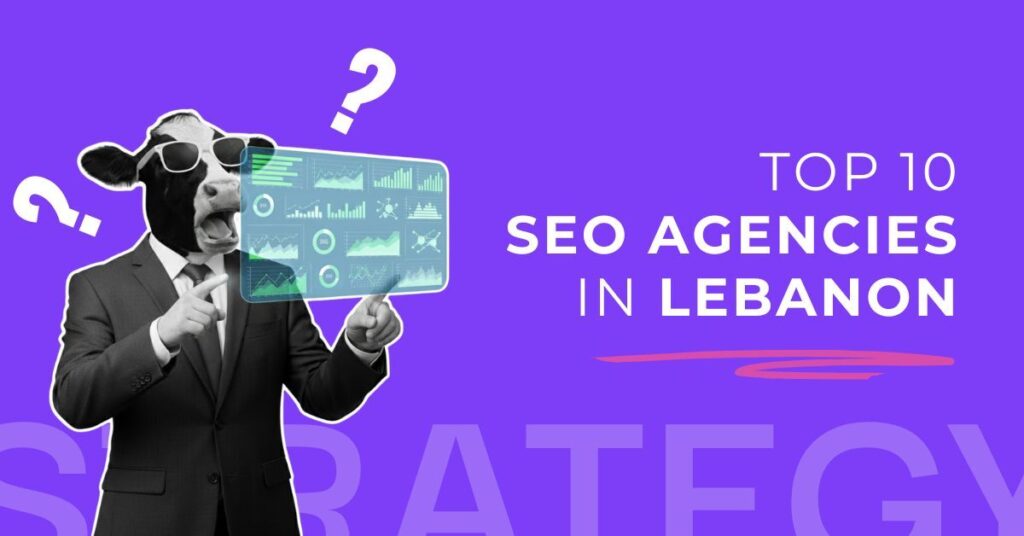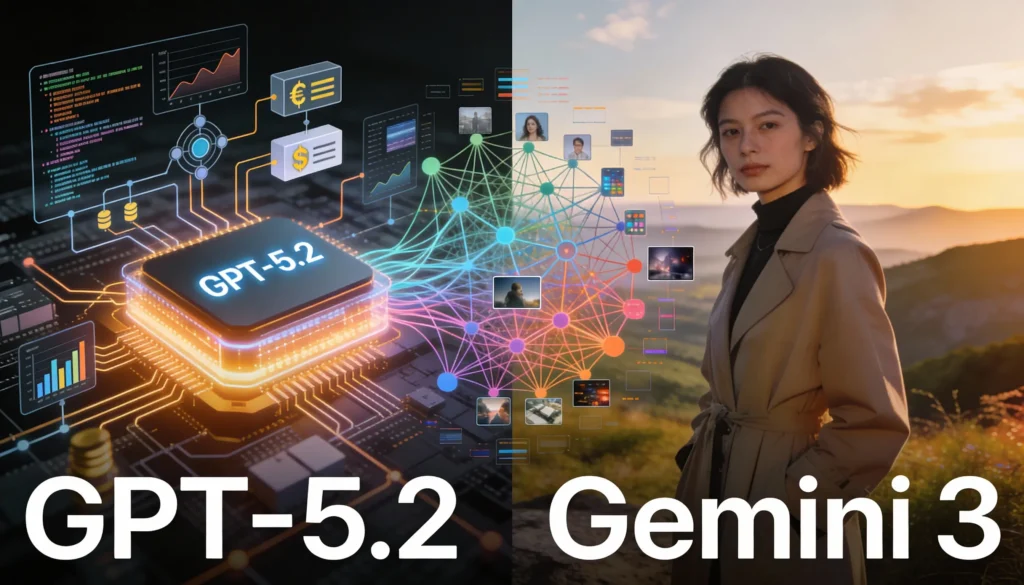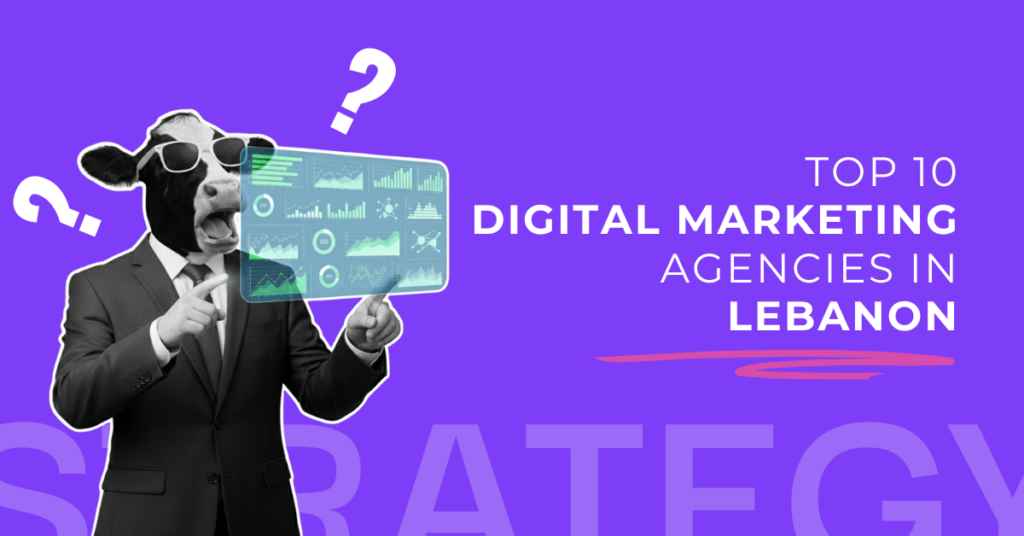Table of Contents
Artificial Intelligence is no longer a futuristic concept; it’s a practical, powerful tool reshaping industries.
This guide moves beyond surface-level comparisons to offer in-depth analysis, hands-on experiences, and practical case studies to help you master the AI landscape in chat,image, video, and content .
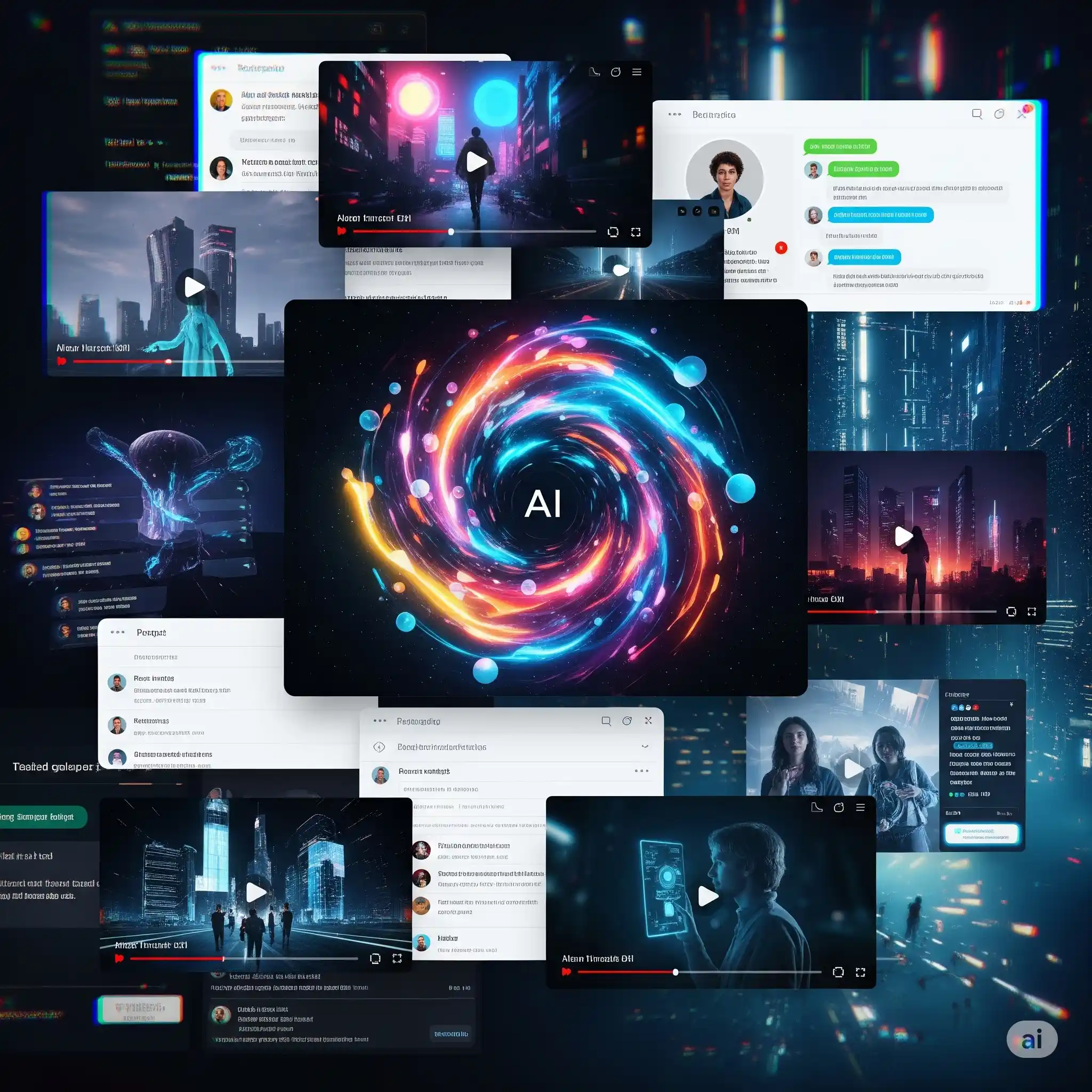
The Ultimate Guide to AI Tools 2025: Art, Chat, Content & Video
AI image generation has democratized digital art. But true mastery lies in choosing the right tool and understanding the nuance of communication.
It’s an art form in itself.
Let’s look at the two dominant platforms from a practical standpoint.
Midjourney vs. Leonardo.Ai: A Hands-On Comparison
My Personal Experience:
After generating thousands of images on both platforms, the distinction is clear.
Midjourney feels like collaborating with a master painter.
Its default “aesthetic” is opinionated and stunningly beautiful.
You guide it, but it brings its own powerful artistic vision.
Leonardo.Ai, on the other hand, feels like an infinitely versatile workshop.
It gives you direct control over every element, from training your own models on specific styles to using fine-grained tools like ControlNet for precise composition.
Midjourney vs. Leonardo.Ai
Midjourney operates with an “art director” philosophy, prioritizing aesthetic beauty and artistic coherence. It excels at quickly creating stunning, high-end visuals, even if it means deviating slightly from a literal prompt to achieve a more beautiful result.
Leonardo.Ai, on the other hand, functions as a powerful “toolkit” model. It gives the user extensive control and customization options. Its key features include a suite of advanced tools like ControlNet and Image Guidance, which allow for precise control over composition, character poses, and consistent styles.
The learning curve for Midjourney can be initially steep due to its Discord-based interface. Mastering its unique “language” of prompting takes practice and experimentation.
Leonardo.Ai offers a more accessible starting point with its clean web-based UI. However, its deeper features, such as custom model training and ControlNet, introduce a higher skill ceiling for users who want to take full advantage of its capabilities.
Midjourney is best suited for artists and designers who need to rapidly generate breathtaking, high-quality artistic images and value speed and beauty above all else.
Leonardo.Ai is the ideal choice for commercial artists, game designers, and anyone who requires consistent characters, specific styles, or precise compositional control in their work.
Case Study: A Freelance Designer Expands Her Services
Challenge: A freelance graphic designer wanted to offer custom illustrations for her clients (e.g., blog post headers, social media graphics) but lacked the time to create them from scratch.
Solution: She used Leonardo.Ai to train a custom model on her own artistic style, using 20 of her previous illustrations.
Now, for new clients, she can generate dozens of on-brand concepts in minutes.
Using the Image Guidance feature, she can ensure the composition perfectly fits the client’s layout requirements.
Result: She tripled her output for illustration-based projects and was able to take on more clients, significantly increasing her monthly revenue.The AI became her creative assistant, not her replacement.
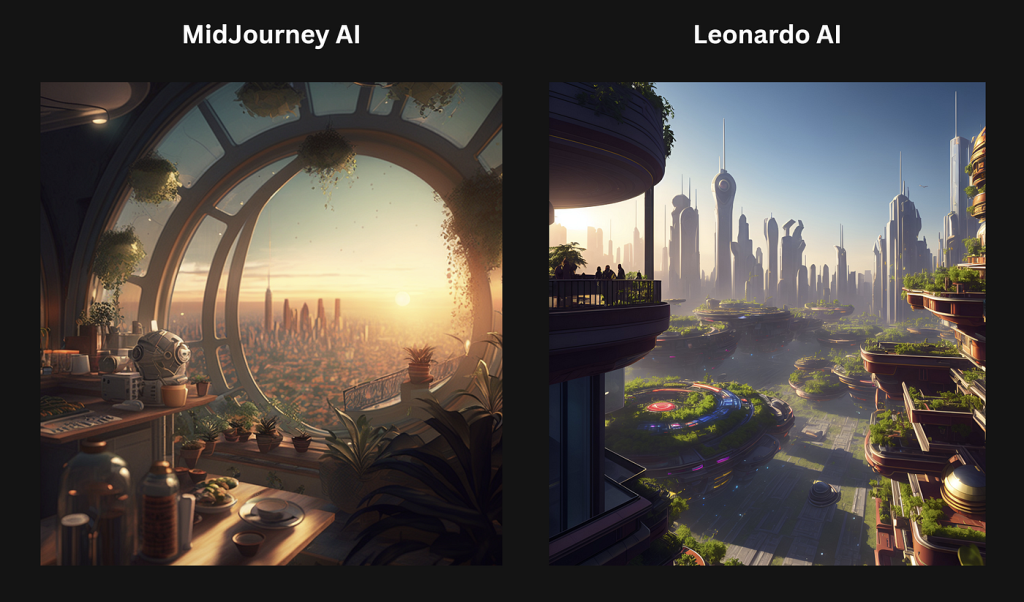
AI Chatbots: Your New Reasoning Engine
We’ve moved beyond simple Q&A. Today’s top models are multi-modal reasoning engines. The choice between ChatGPT-4o and Gemini often comes down to ecosystem and interaction style.
ChatGPT-4o vs. Google Gemini: The Practical Difference
Core Strengths:
ChatGPT-4o excels at fluid, real-time, multi-modal interaction. It is designed to feel like a creative and conversational partner, with best-in-class performance for voice conversations and live visual analysis. It also offers a rich ecosystem of custom GPTs.
Google Gemini‘s primary strength is its deep integration with the Google ecosystem. It functions as a powerful “logistics engine” that can access and leverage live, real-time data from services like Gmail, Google Maps, Google Flights, and your personal calendar.
Practical Use Cases:
ChatGPT-4o is ideal for interactive tasks such as live brainstorming sessions, pair programming by sharing your screen, creative writing, and generating ideas on the fly. Its speed and conversational ability make it great for quick, dynamic interactions.
Google Gemini is highly effective for tasks that require accessing and managing personal data and web information. This includes planning complex trips (pulling flight info from emails and plotting routes on Maps), summarizing unread emails, managing your schedule, and getting up-to-date answers based on live web searches.
Multimodality:
Both models are natively multi-modal, meaning they can process and generate content across text, audio, images, and video.
ChatGPT-4o‘s multimodality is particularly optimized for rapid, human-like conversations and live analysis, such as looking at something through your camera and providing immediate feedback.
Google Gemini‘s multimodality is leveraged to enhance its core strengths, for example, by analyzing uploaded files or images and integrating that information with its Google app connections.
Case Study: An E-commerce Store Reduces Support Tickets by 40%
Challenge: A small online store was overwhelmed with repetitive customer service emails about order status, return policies, and product specifications.
Solution: They used Google’s Dialogflow (powered by Gemini) to build a chatbot for their website. They fed it their entire FAQ page, shipping policy documents, and product catalog. They integrated it with their Shopify store’s API.
Result: The chatbot now handles over 70% of initial customer inquiries. It provides instant order tracking, explains return procedures, and can even recommend products based on customer questions. Support tickets dropped by 40% within two months, freeing up the human team to handle complex issues and improve customer satisfaction.
AI Content: The Scalable Writing Assistant
In-Depth Review of Jasper.ai: Is It Worth It?
Using Jasper is like having a team of junior writers at your command.
The “Boss Mode” is powerful, but the real value is in the structured templates and the “Brand Voice” feature.
I was able to upload a company’s style guide and existing blog posts, and Jasper learned to write in that specific tone.
However, the best results come from a human-AI partnership: Jasper produces the first 80%, and a human editor refines, fact-checks, and adds the final 20% of strategic insight and personality.
Case Study: Marketing Agency Achieves 3x Content Output
Challenge: A B2B marketing agency needed to produce weekly blog posts, social media updates, and ad copy for a new tech client but didn’t have the budget to hire more writers.
Solution: They subscribed to Jasper.ai. They used the “Blog Post” workflow to generate outlines and initial drafts, the “AIDA Framework” template for ad copy, and the “Content Improver” to repurpose blog content for Twitter and LinkedIn.
Result: The agency was able to increase its content output for the client by 300% while maintaining quality. The time saved allowed their senior strategist to focus on high-level planning instead of drafting. The client was thrilled with the increased online presence, and the agency secured a long-term retainer.
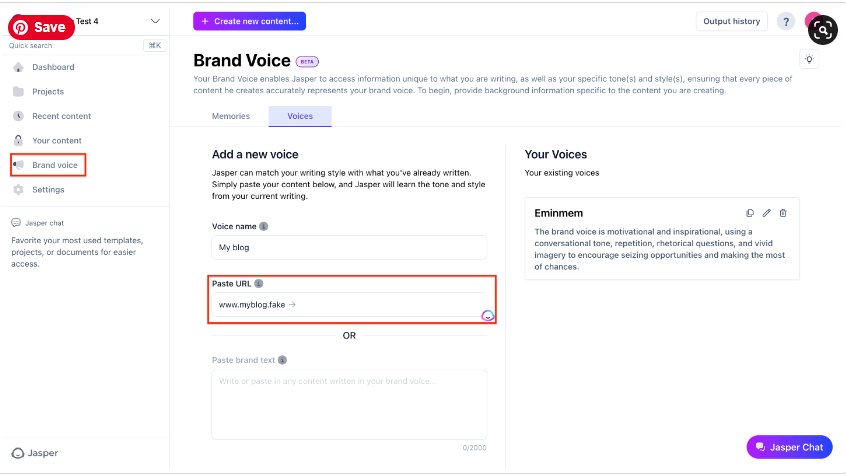
AI Video: The New Frontier of Marketing
Top AI Video Generators: Choosing Your Weapon
The key is to match the tool to the task.
Synthesia or HeyGen are unbeatable for corporate communication.Think training videos or sales outreach where a consistent, professional avatar is key.
For turning a blog post into an engaging social video, InVideo is a workhorse.
For purely creative and cinematic output, tools like RunwayML and Pika Labs are leading the charge, though they are still more experimental.
Case Study: A Real Estate Agent Creates Personalized Tours
Challenge: A real estate agent wanted to send personalized video walkthroughs to potential international buyers but didn’t have time to film a unique video for every inquiry.
Solution: Using Synthesia, she created a template with her own custom AI avatar. The script was 90% the same for each property, but she could easily change the intro to address the potential buyer by name and mention key features they were interested in (“Hi John, as you mentioned you wanted a large backyard, take a look at this…”).
Result: Her engagement rate with potential buyers skyrocketed. The personalized touch of the videos made clients feel valued and led to a 25% increase in qualified leads scheduling virtual meetings.
